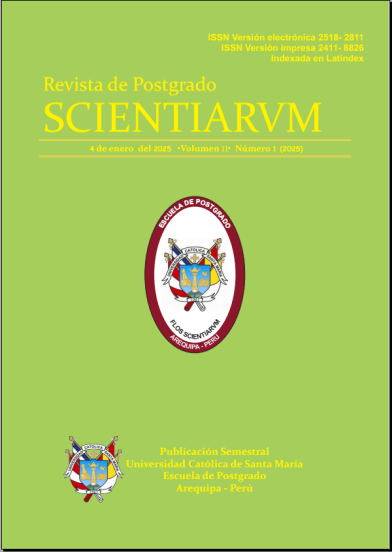EVALUACIÓN DE LOS RESULTADOS DE LA APLICACIÓN DEL PLAN ESTRATÉGICO INSTITUCIONAL DIRSA 2003-2006 EN SU COMPONENTE MATERNO INFANTIL EN LA REGIÓN AREQUIPA
Fabiola Carmen Meza Flores 1
- Centro de Salud Zamácola – MINSA.
RESUMEN: El Plan Estratégico Institucional DIRSA 2003-2006 es aplicado como política de salud pública en dicho periodo de tiempo, sin embargo, las metas planteadas parecieran no corresponder a la realidad observada durante dichos años.
Se compara las metas a alcanzar por el PEI DIRSA 2003-2006 en su componente materno perinatal con los datos epidemiológicos correspondientes a tal periodo de tiempo.
El presente estudio es descriptivo de corte transversal, el cual recopiló la información estadística de los años 2003 a 2006 en el área de salud materna y perinatal, frente a información incompleta se recurrió a fuentes no oficiales para lograr los objetivos y se utilizó estadística descriptiva para la comparación de tasas.
Se encontró que las metas propuestas por el PEI DIRSA 2003-2006 en cuanto a mortalidad materna, perinatal y en porcentaje de adolescentes gestantes no pudo ser reducida como fue planteada, debido principalmente a un inadecuado diagnóstico situacional, a la escasa valoración de factores externos e internos y a la falta del compromiso institucional de las autoridades del sector salud.
Nuestros resultados muestran que para impulsar verdaderas políticas de cambio se requiere de investigación adecuada, compromiso de los actores sociales involucrados en el problema y real voluntad política de las autoridades.
Palabras Clave: Planificación estratégica, Mortalidad materna, Mortalidad perinatal.
ABSTRACT: The Institutional Strategic Plan DIRSA 2003-2006 was applied as a Public Health policy during those years, however, the health goals planned to be reached seem to be far from reality.
Compared PEI DIRSA 2006-2003’ planned health rates in its mother-child health component with actual epidemiological data for that period of time.
This study is descriptive and transversal. Epidemiological and statistical data was gathered from public and non-public sources to fulfill requirements of maternal mortality, birth-mortality rates and percentages of pregnant teenagers. Descriptive statistics were used to compare rates.
It was found that the proposals made by PEI DIRSA 2003-2006 about maternal mortality, birth mortality and percentages of pregnant teenagers couldn’t be reached as they were thought; mainly because an inaccurate situational diagnosis, poor assessment of inner and outer factors and lack of commitment of health care authorities.
Our results show that policies to promote real change required it is mandatory to perform research, to obtain commitment of all the social actors involved and clear and honest political will from health care authorities.
Key Words: Strategic planning, Motherhood mortality, Birth mortality.
Revista Seleccionada
Junio 2015 Volumen 1 - Número 1 P 59-65
DOI: 10.26696/sci.epg.0013
Enlaces
EDITORIAL
CIENCIAS SOCIALES Y HUMANIDADES
ÉTICA Y RESPONSABILIDAD DEL POLÍTICO EN EL ESTADO DE DERECHO
La tecnociencia en el contexto ético-social
REFLEXIONES SOBRE LA CRISIS DEL DISCURSO DE LA RAZON EN LA POSMODERNIDAD
TÉCNICAS DE REPRODUCCION ASISTIDA: RESPONSABILIDAD DE LA BIOÉTICA Y LA BIOTECNOLOGÍA
CIENCIAS BIOLÓGICAS Y DE SALUD
AUTOAGRESION DELIBERADA Y NIVELES DE DEPRESION EN ADOLESCENTES DE DOS INSTITUCIONES EDUCATIVAS


